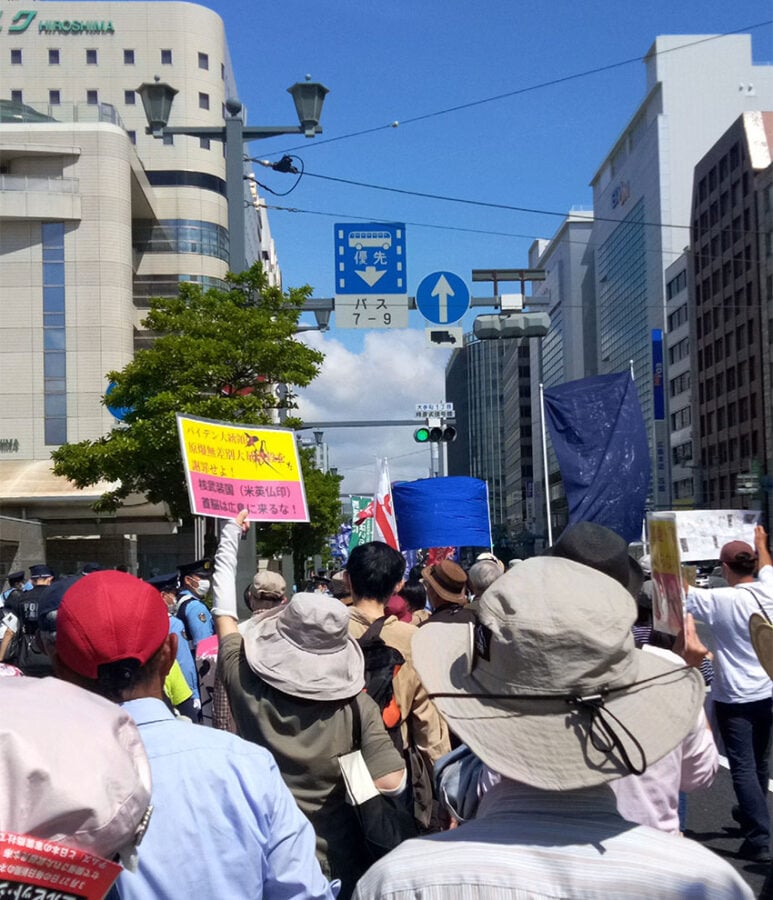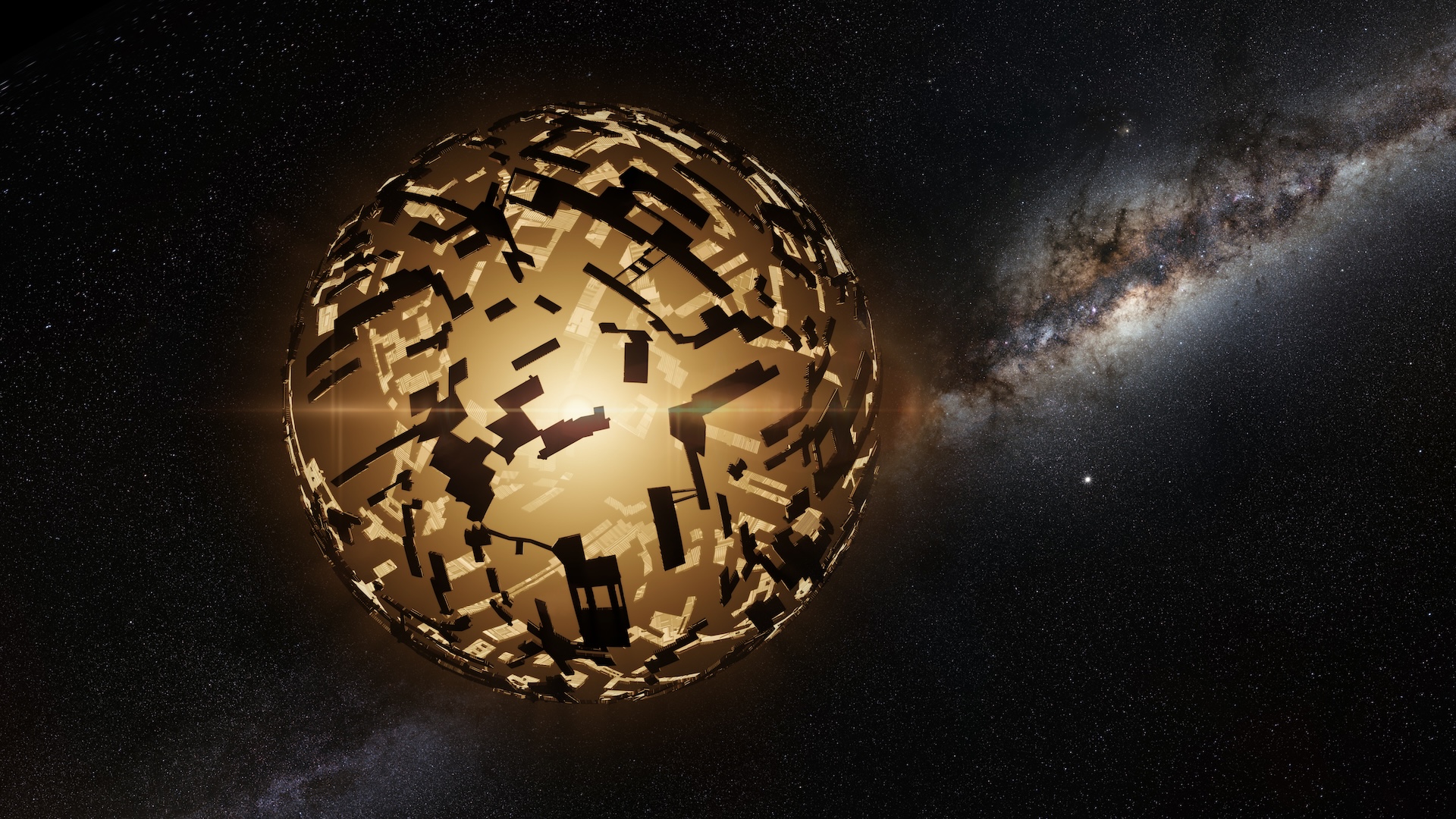As we approached August 6 this year, the 78th anniversary of the US atomic bombing of Hiroshima, my mind kept going back to the basement of Chugoku Electric Power Company, 800 meters (half a mile) from the hypocenter, where my grandfather was that day. I witness how the force of the nuclear bomb can destroy the human body, how the vacuum of a nuclear explosion can gouge out a child’s eyeballs, how the atomic burns peel the skin, swell and corrode the face in ways humanity had never seen. According to one review, the filmmaker focuses on the face of Oppenheimer rather than showing the carnage of his bomb.
From a few minutes of an interview with the filmmaker, I can see that spectators of his movie will safely assume that the characters have all the possible means to escape to minimize their exposure to radiation. Such a space was never offered to people at ground level in Hiroshima and Nagasaki on those critical days. The mushroom-shaped cloud created by the explosion was depicted over and over again in the trailer for the film. But this is a symbol of ashes to the people of my community. That cloud contained the flesh and bones of our grandparents.
 Protestors in Hiroshima before the 2023 G7 Summit. Yukiyo Kawano
Protestors in Hiroshima before the 2023 G7 Summit. Yukiyo KawanoThe G7 Summit
This past May, I was in Hiroshima, the city where I was born and raised, and witnessed the G7 summit from ground level. Six Western nations–Italy, France, Germany, the United Kingdom, Canada, the United States, and Japan’s Prime Minister Fumio Kishida, who had survived a murder attempt by a fisherman one month prior, gathered to strengthen their ties. The city was paralyzed. Police from all over Japan were there, schools were closed for five days, and there were so many road closures that people stayed home and watched it on TV.
Biden entered Japan through Iwakuni, a US military base, while others used Japanese airport/gate of the independent nation. Other leaders also stayed in a Japanese hotel in Ujina near the Setouchi sea shore where they had the summit. Biden headed straight to an American-owned hotel (Hilton) in the city center, stopping all the traffic at the center of the city near ground Zero. Local TV camera persons were trying to capture a presidential aide who carried the “nuclear football,” which is always with the US President and enables him to launch a nuclear strike anywhere in the world.
People watched as Prime Minister Kishida spoke of progress in nuclear disarmament talks. Leaders promised the president of Ukraine to provide weapons, including depleted uranium munitions, “for as long as it takes” said Biden, to win the war. This was said in the city of Hiroshima –where people have shared a common understanding for 78 years that they must never betray the hibakushas (atomic bomb sufferers) who pray for World Peace, and live with the fear of radiation illness and dying of cancer with excruciating pain.
During the Summit, Biden paid a visit to the Hiroshima Peace Memorial Park, known to locals as Atomic Bomb Park, a memorial to those who experienced the massive force of the atomic explosion. It is a landmark of human tragedy and our entering of the nuclear age. Kazumi Matsui, the Mayor of Hiroshima, visited the US Embassy in Tokyo soon after the summit to sign a Sister Parks Agreement between the Atomic Bomb Park and Pearl Harbor National Memorial Park.
Pearl Harbor Memorial Park commemorates the battle between the United States and Japan that began with the attack by Japanese forces on Pearl Harbor. It commemorates the deaths of over 2,000 U.S. sailors and soldiers, as well as 68 civilians caught in the crossfire. The Sister Park Agreement indicates an official consensus between the City of Hiroshima and the United States that the war began with an (unjustified) attack on Pearl Harbor and ended with the (justified) dropping of the atomic bombs on Hiroshima and Nagasaki.
The Hiroshima Alliance for Nuclear Weapons Abolition (HANWA) is a local group formed by descendants of hibakushas and allies. They warned citizens of Hiroshima, in the midst of the festive G7 Summit, that agreements like this put the city on the fast track to being transformed beyond recognition, with a narrative that lacks historical accuracy, and obliterates the past.
Ms. Haruko Moritaki, a descendant of hibakusha and Executive Director of HANWA facing the final stages of cancer, sat in a HANWA meeting on May 17th, 2023. She commented on President Obama’s remarks during his brief visit to the Atomic Bomb Park in 2016, the first sitting US president to visit Hiroshima since the war. Obama delivered a brief speech, saying: Seventy-one years ago, on a bright, cloudless morning, death fell from the sky and the world was changed. Ms. Moritaki said, “Death didn’t fall from the sky. The death was brought by the United States dropping of the bomb …over human beings.”
President Biden didn’t deliver a speech when he visited the Atomic Bomb Park. He had nothing to say to the people of Hiroshima.
My role as an artist
As a visual artist, educator, and a third-generation hibakusha (atomic bomb sufferer), who now lives in the United States, I have visited many nuclear sites in the country over the years to grasp the American nuclear narrative. I have witnessed how development of nuclear technology forever changed the land and continues to divide communities and oppress the vulnerable.
As an artist in the year 2023, I am part of a community asked constantly to address ethical questions regarding what is at stake in a work of art: Who is telling the story? Who is silenced in the process? Who is assumed to be the viewer in a given context? I wonder, was the filmmaker asked, or did he ask himself these same questions?
We have heard enough from those benefiting from the current power structure who can relate to the man responsible for leveling two cities but not to the more than 200,000 people who were killed, along with the rest of the city’s inhabitants who were left injured, facing slow and horrible deaths from radiation exposure.
So again, I ask: What is the framework around the production of a film that constitutes historical suffering? How do you address the issue while being respectful of the difficult and often painful feelings triggered by the film? It is a filmmaker’s moral duty to decide how these images are purveyed without reinstating trauma.
In solidarity with those not pictured

 1 year ago
61
1 year ago
61

